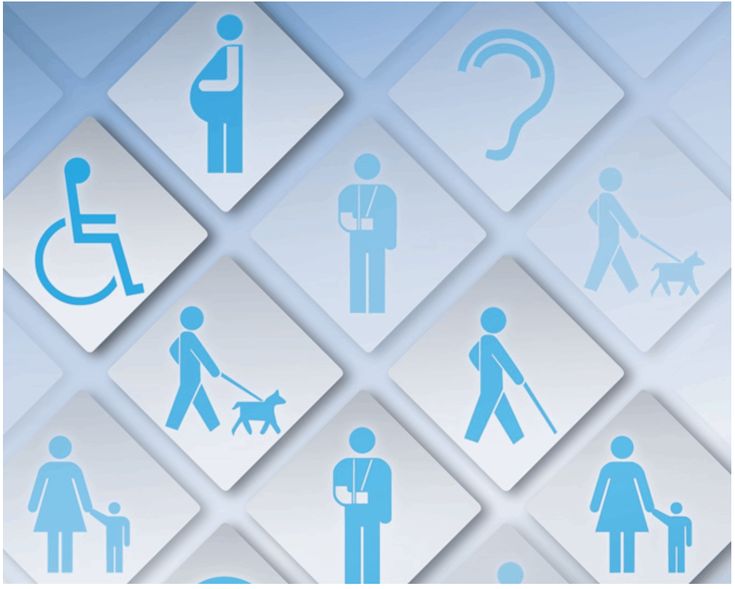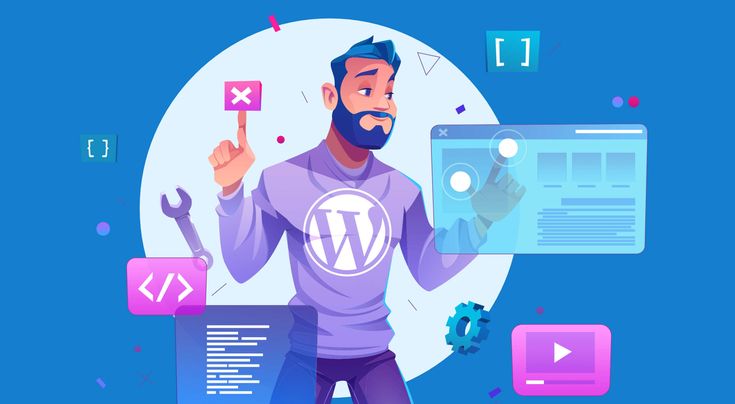The Need for Internet Accessibility
In today’s digital age, internet accessibility has become a critical factor in ensuring that everyone can participate fully in society. The internet serves as a primary medium for communication, education, and commerce, yet significant gaps exist in who can access this vital resource. To bridge the digital divide, we must understand what internet accessibility entails, why it matters, and how we can foster an inclusive online environment.
Internet accessibility refers to the design and implementation of web content that enables people, regardless of their physical, cognitive, or sensory abilities, to access and interact with information freely. By adopting universal design principles, we can create a web that is usable for all, ensuring that no one is left behind.
Understanding the Principles of Internet Accessibility
At the heart of internet accessibility are several key principles outlined in the Web Content Accessibility Guidelines (WCAG). These guidelines emphasize four core principles: Perceivable, Operable, Understandable, and Robust, often abbreviated as POUR.
To begin with, Perceivable means that information must be presented in a format that all users can interpret, whether through visual, auditory, or tactile means. For instance, image descriptions and captions make content available to people with visual impairments. Next is the principle of Operable, which ensures that users can navigate and interact with the web using various forms of input, such as keyboards or voice commands.
The Importance of Internet Accessibility
The implications of lacking internet accessibility extend beyond inconvenience— they lead to profound societal inequalities. For instance, individuals with disabilities often find themselves excluded from online job applications, educational opportunities, and critical services. Consider a student with a learning disability; without accessible online learning resources, their educational experience could be dramatically hindered.
Moreover, internet accessibility fosters social inclusion and participation for marginalized communities. For example, in regions like El Salvador, where access to technology can already be limited, the lack of accessible online resources further compounds issues of digital inequality. Bridging this gap means ensuring everyone has an opportunity to thrive in our increasingly digital world.
Key Challenges in Achieving Internet Accessibility
Despite the recognized importance of internet accessibility, significant challenges remain. One major barrier is the lack of awareness and understanding among web developers and content creators regarding accessibility standards. Many may not realize how simple changes, such as text descriptions for images or keyboard-navigable menus, can make a world of difference.
Furthermore, financial constraints often impede accessibility initiatives, particularly for small businesses. While larger corporations may have the resources to invest in developing accessible sites, smaller entities frequently struggle to prioritize these updates amid other pressing financial obligations. This imbalance highlights the need for community-driven solutions and government support to make accessibility a priority for all.
Successful Examples of Internet Accessibility
Many organizations serve as guiding examples of how to implement effective internet accessibility practices. For instance, the website of the National Federation of the Blind makes a concerted effort to adhere to the WCAG guidelines, ensuring its content is accessible to everyone, regardless of ability. Their use of screen reader-friendly designs and clear navigation has created a valuable resource for individuals seeking services and information.
In addition, tech companies like Microsoft and Google have incorporated accessibility features into their products. For example, Google’s Chrome browser includes tools for screen readers, and Microsoft offers adaptive technologies that help disabled users seamlessly interact with their devices. These innovations not only enhance user experience but also set a precedent for industry-wide standards.
Creating a Culture of Accessibility
Fostering a culture of internet accessibility requires collaboration among various stakeholders, including educators, companies, government entities, and the community. Educational institutions can play a pivotal role by incorporating accessibility into the curriculum, helping future leaders prioritize inclusivity from the onset.
Companies can also engage by establishing accessibility review processes during project development. This proactive approach can lead to more innovative solutions that prioritize user accessibility from the beginning, rather than as an afterthought. By working together, we can create a society where everyone easily navigates and benefits from the digital landscape.
The Role of Policy and Advocacy
Government policy plays a crucial role in promoting internet accessibility. Legislation such as the Americans with Disabilities Act (ADA) has been a catalyst for enhancing physical access and should similarly extend into the digital realm. Advocating for such policies ensures that all digital spaces comply with accessibility standards, paving the way for a more inclusive future.
Moreover, advocating for stronger regulations surrounding accessibility can help establish accountability among businesses to create compliant websites. Governments, NGOs, and advocacy groups must work together to establish guidelines that facilitate an inclusive digital environment for everyone.
Conclusion: Taking Action Towards an Inclusive Web
In conclusion, internet accessibility is an imperative that benefits not only individuals with disabilities but society as a whole. By integrating accessibility principles into our web practices and advocating for policy changes, we can foster an inclusive digital landscape. We must all take steps, no matter how small, to ensure that the internet serves as a bridge rather than a barrier.
Every time we choose to promote accessibility in our content and support those who champion these cause, we contribute to a more equitable society. Let us embrace the responsibility to build a more accessible internet that empowers all—together.






